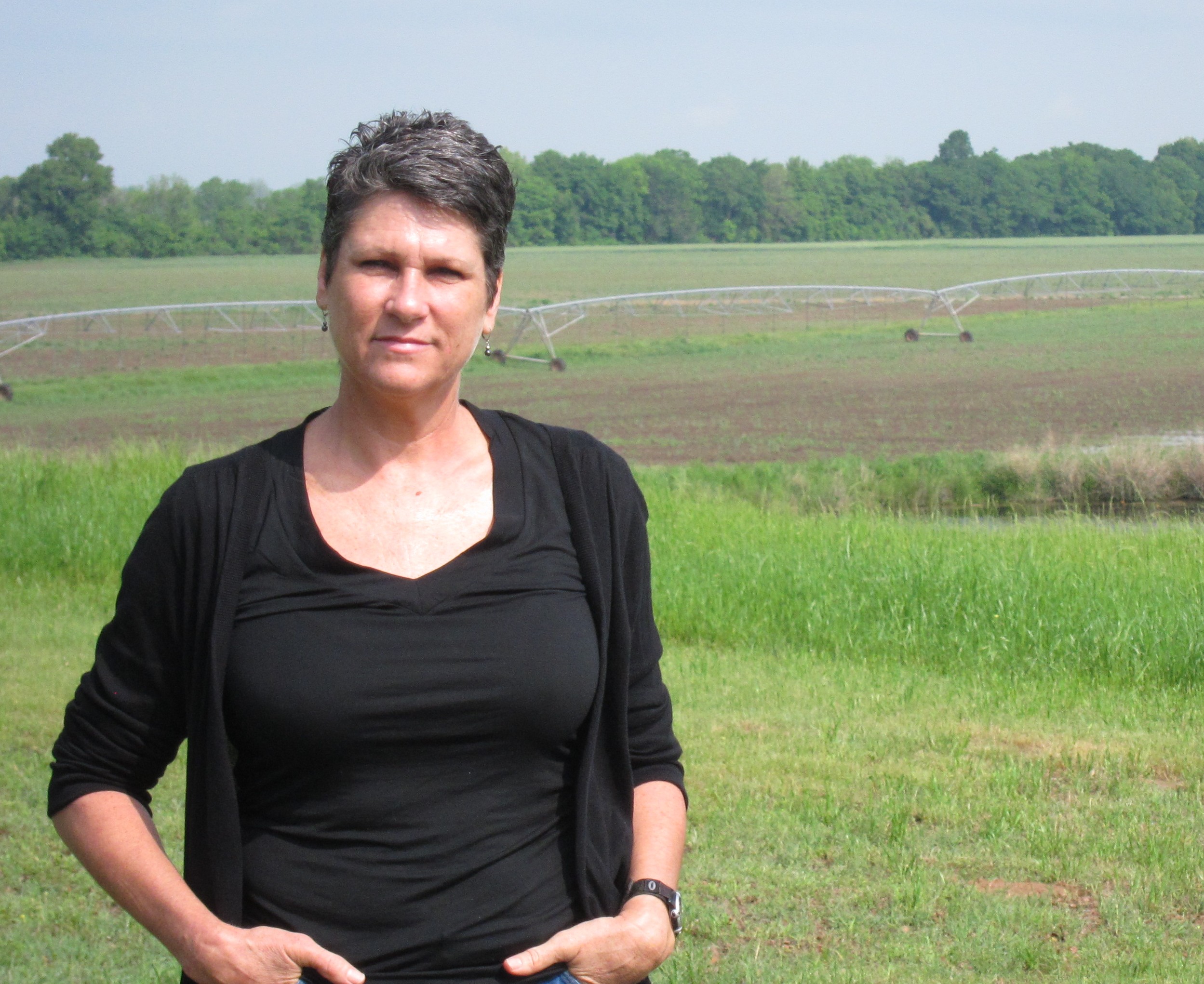New York Times Reporters Detained Covering Keystone XL Protests in East Texas
UPDATE: The latest on this story can be found here.
The massive (and controversial) Keystone XL pipeline, which will take heavy crude harvested from oil sand pits in Canada to refineries on the Gulf Coast, is currently under construction. And it’s also under protest.
For weeks, protesters have chained themselves to tractors and fences in attempts to halt construction of the pipeline. Some have camped out in trees in the pipeline’s path. And several private landowners have protested the pipeline’s construction as well. Landowner Eleanor Fairchild was arrested this week on her own property for trespsassing as she and actress Daryl Hannah attempted to stop a bulldozer clearing a path for the pipeline. You can watch their protest in the video above.
Joining the ranks Wednesday were two reporters covering the protests for The New York Times. Reporter Dan Frosch and an unnamed photographer accompanying him were covering a protest on private land yesterday when they were handcuffed and detained by a security guard for TransCanada (the Canadian company behind the pipeline) and local police.
The reporters were on the private land at the invitation of the landowner, but were detained for trespassing, according to a spokesperson for the newspaper. After identifying themselves as members of the media, they were released, but told they had to leave the property immediately or they’d be arrested for trespassing.
“So they complied,” says Eileen Murphy, Vice President of Corporate Communications for the New York Times. “We obviously don’t want to be in a position where our reporters are facing arrest.” Murphy does not know the exact location of the arrest or the name of the landowner.
It isn’t clear if the reporters were on land that belonged solely to the landowner, or was part of the easement TransCanada is using to construct the pipeline.
Reports on the website helping to organize the protest, Tar Sands Blockade, indicate that the incident took place at private property adjacent to where protesters have camped out in trees in the path of the pipelines. The website says that “minutes after the first two [Times] journalists were handcuffed, police barred another group of journalists from approaching even within sixty feet of the Keystone XL easement, an arbitrary designation with no legal precedent.”
At the time of this post, TransCanada representatives were not available to comment. We’ll update if we hear anything back.
To get to the refineries on the Gulf Coast, the Keystone XL pipeline must cross a lot of private land. In many cases, TransCanada has secured agreements with landowners to route the pipeline across their property. But the company has also used eminent domain more than 100 times to seize private land to construct the pipeline.
The protest website Tar Sands Blockade asserts that local police are being paid by TransCanada to patrol the pipeline’s construction:
“Arthur Judge, a Wood County deputy sheriff, admitted to Texas landowner Susan Scott that TransCanada was paying the police by the hour to work private security details. “He was patrolling the easement on my farm and he informed me that his mandate was to arrest anyone at anytime that sets foot on the easement,” attests Ms. Scott. “The officer also demanded that I show ID or he would arrest me, all this while I was standing on my own private property in the middle of the woods. TransCanada is ordering to police to arrest me just for trying to take a walk across my own farm.””
The New York Times says the reporters will continue to report on the protests from other locations in East Texas.



